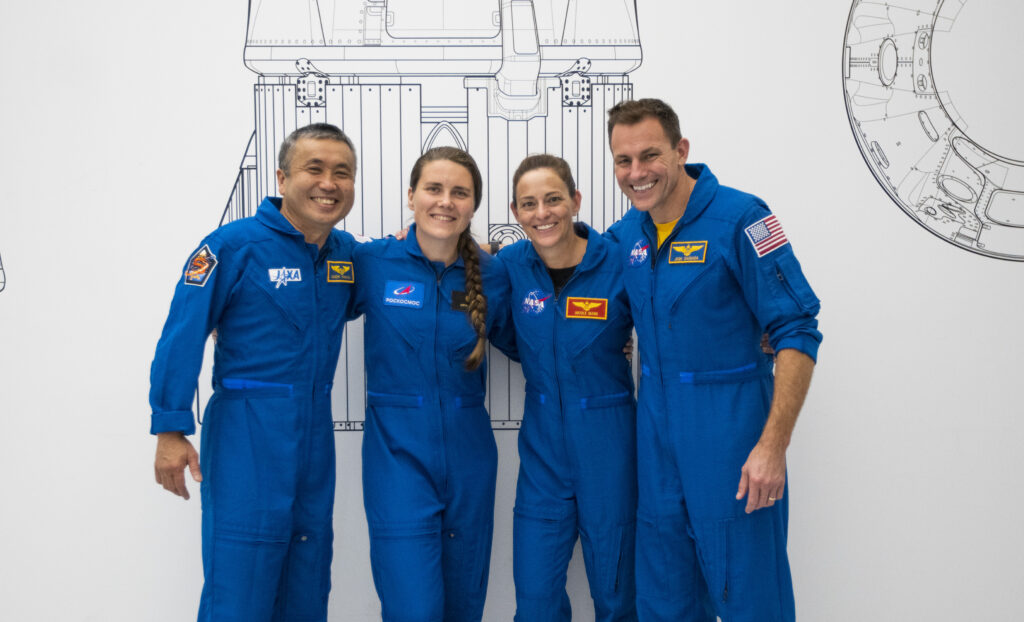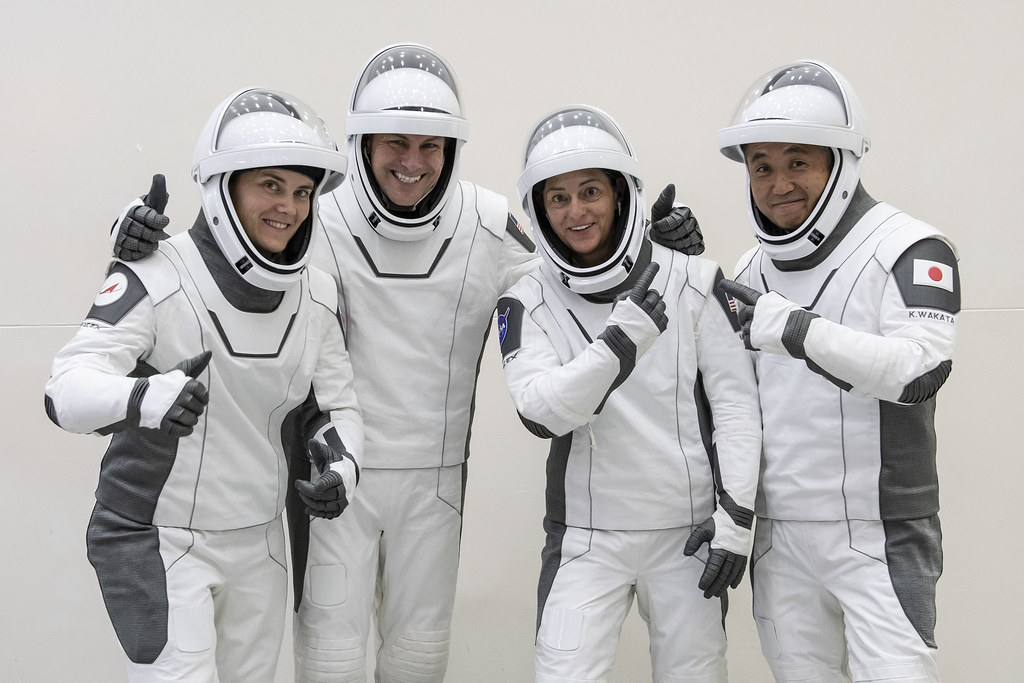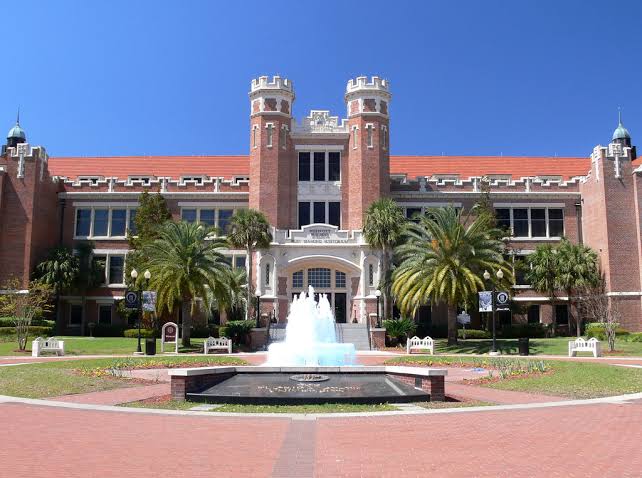After nearly five months of living and working in microgravity, five astronauts have begun the slow, carefully choreographed journey back to Earth. On Friday evening, the SpaceX Dragon capsule detached from the International Space Station (ISS), carrying the crew away from the place they’ve called home since spring.
The mission, part of NASA’s ongoing Commercial Crew Program, will conclude with a parachute-assisted splashdown in the Pacific Ocean off the coast of California at 15:33 GMT on Saturday.
Science Above the Clouds
During their stay, Crew-10 took part in a wide range of research projects, most of which can only be conducted in the weightless environment of space.
Understanding how to cultivate food in space could someday allow astronauts to be self-sufficient far from Earth.
In addition to science, Crew-10 handled the everyday challenges of life aboard the ISS — maintaining critical systems, monitoring the station’s environment, and performing small repairs to keep the laboratory running smoothly.

An Unplanned Rescue Mission
While Crew-10’s work was important, their journey carried a special twist. Wilmore and Williams had launched aboard Boeing’s Starliner spacecraft in June 2024 for what was intended as an eight-day test flight. Crew-10’s Dragon capsule provided the additional seats needed to bring them home, ending one of the longest unplanned stays in ISS history. The episode served as a stark reminder of the complexities — and risks — of human spaceflight.
The Return Sequence
Bringing astronauts home from the ISS requires precision. Reentry is the most intense part of the trip. The capsule’s heat shield faces temperatures that can exceed 1,600°C (3,000°F) as it slams into the atmosphere at over 27,000 km/h (17,000 mph).
A SpaceX recovery ship will locate the capsule, secure it, and hoist it aboard. Only then will the astronauts take their first steps under Earth’s gravity in months.
Life After Microgravity
Returning to Earth isn’t just a change in scenery — it’s a physical challenge. Without gravity, astronauts’ muscles and bones lose strength, and their cardiovascular systems adapt to weightlessness. The sudden return to full gravity can cause dizziness, fatigue, and muscle soreness.
For Crew-10, the coming days will involve medical check-ups, rehydration, and gradual rehabilitation. NASA’s recovery program is designed to help astronauts rebuild strength and coordination, a process that can take several weeks.
Their six-month mission will see them take over ongoing research, operate station systems, and perhaps conduct spacewalks to upgrade equipment outside the ISS.
Commercial Crew Program’s Role
The Commercial Crew Program was born out of necessity after the Space Shuttle retired in 2011. For nearly a decade, NASA relied solely on Russian Soyuz spacecraft to send astronauts to the ISS. That changed in 2020 when SpaceX’s Dragon began crewed missions. Boeing’s Starliner remains in development, but its troubled test flight last year underscored why having multiple providers is critical for redundancy.

Looking Beyond Low-Earth Orbit
For astronauts like McClain, Ayers, Onishi, and Peskov, this mission may not be their last. The experience gained on the ISS is directly relevant to upcoming missions under NASA’s Artemis program, which aims to return humans to the Moon and eventually send them to Mars.
The ISS acts as a testbed for these future journeys, offering insight into how humans and technology perform over months in space — information that will be vital for voyages lasting years.





